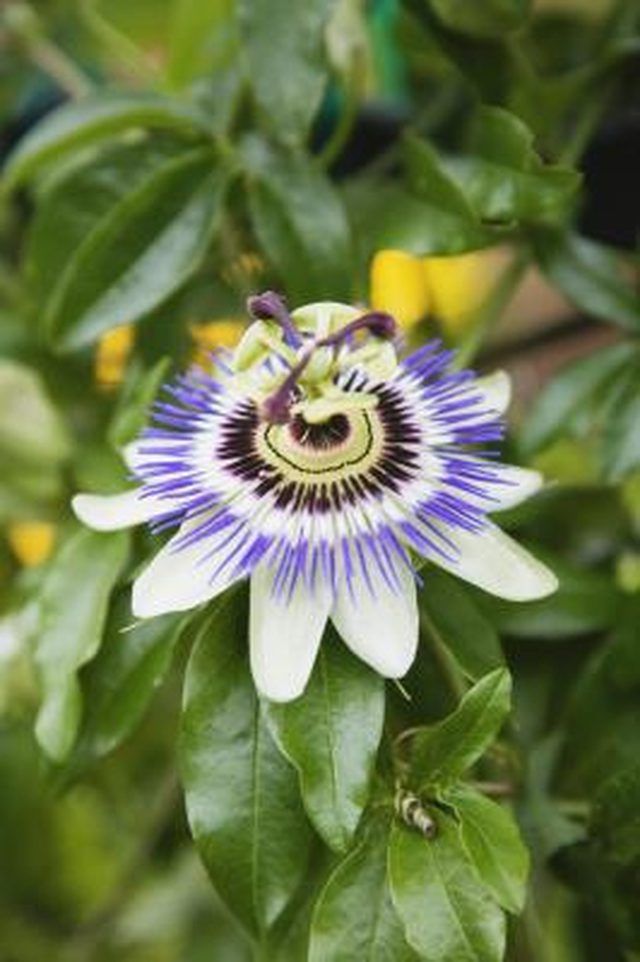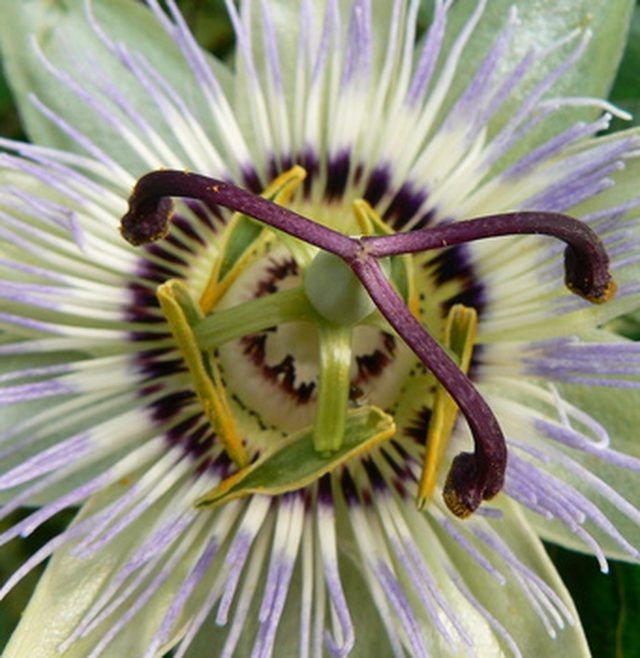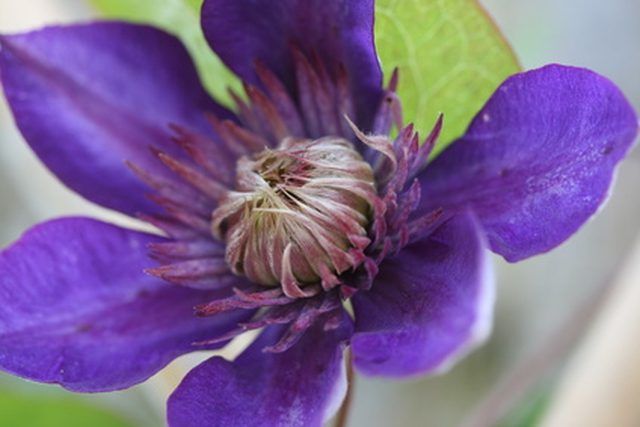Bulbs
Flower Basics
Flower Beds & Specialty Gardens
Flower Garden
Garden Furniture
Garden Gnomes
Garden Seeds
Garden Sheds
Garden Statues
Garden Tools & Supplies
Gardening Basics
Green & Organic
Groundcovers & Vines
Growing Annuals
Growing Basil
Growing Beans
Growing Berries
Growing Blueberries
Growing Cactus
Growing Corn
Growing Cotton
Growing Edibles
Growing Flowers
Growing Garlic
Growing Grapes
Growing Grass
Growing Herbs
Growing Jasmine
Growing Mint
Growing Mushrooms
Orchids
Growing Peanuts
Growing Perennials
Growing Plants
Growing Rosemary
Growing Roses
Growing Strawberries
Growing Sunflowers
Growing Thyme
Growing Tomatoes
Growing Tulips
Growing Vegetables
Herb Basics
Herb Garden
Indoor Growing
Landscaping Basics
Landscaping Patios
Landscaping Plants
Landscaping Shrubs
Landscaping Trees
Landscaping Walks & Pathways
Lawn Basics
Lawn Maintenance
Lawn Mowers
Lawn Ornaments
Lawn Planting
Lawn Tools
Outdoor Growing
Overall Landscape Planning
Pests, Weeds & Problems
Plant Basics
Rock Garden
Rose Garden
Shrubs
Soil
Specialty Gardens
Trees
Vegetable Garden
Yard Maintenance
Is a Passion Flower a Clematis?
Is a Passion Flower a Clematis?. Many species among the passion flower (Passiflora spp.) and clematis (Clematis spp.) genera are planted in home gardens. Without their distinctive flowers they appear similar, but passion flowers are not clematis.

Many species among the passion flower (Passiflora spp.) and clematis (Clematis spp.) genera are planted in home gardens. Without their distinctive flowers they appear similar, but passion flowers are not clematis.
Similarities
Passion flower vines and clematis vines share a common lineage from kingdom down to division and class--Plantae, Magnoliophyta and Magnoliopsida, respectively. Both generally sport ovate, dark-green waxy leaves with entire (uninterrupted or untoothed) leaf margins. They are both perennial vines with woody old growth at the base of the plant.
Passion Flowers
Passion flowers belong to the order Malpighiales and the family Passifloraceae. Their flowers burst open in spring (hence their common name of may-pop) to reveal a complex sepal, corona, anther and stigma arrangement. They produce edible fruits and cling to supports via tendrils the grow from their stems. The flowers produce slightly rank odors that attract flies.

Clematis
Clematis belong to the order Ranunculales and the family Ranunculaceae. Their flowers are simple and usually have a sweet, pleasant fragrance. They climb by twisting the vine stem itself around nearby plants or structures. Their leaves are arranged opposite each other along the stems, unlike passion flowers, whose leaves alternate along the stem.
